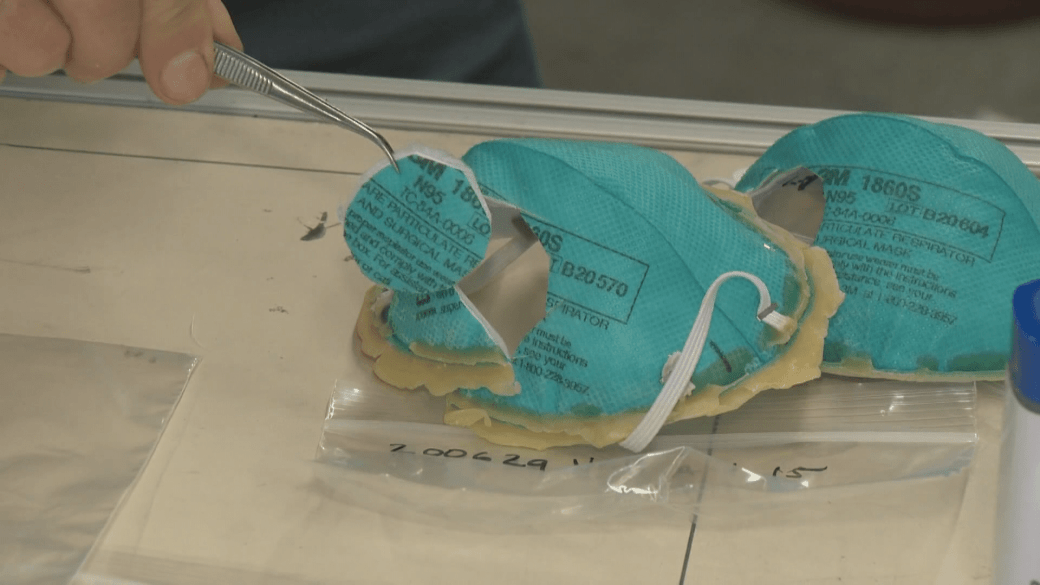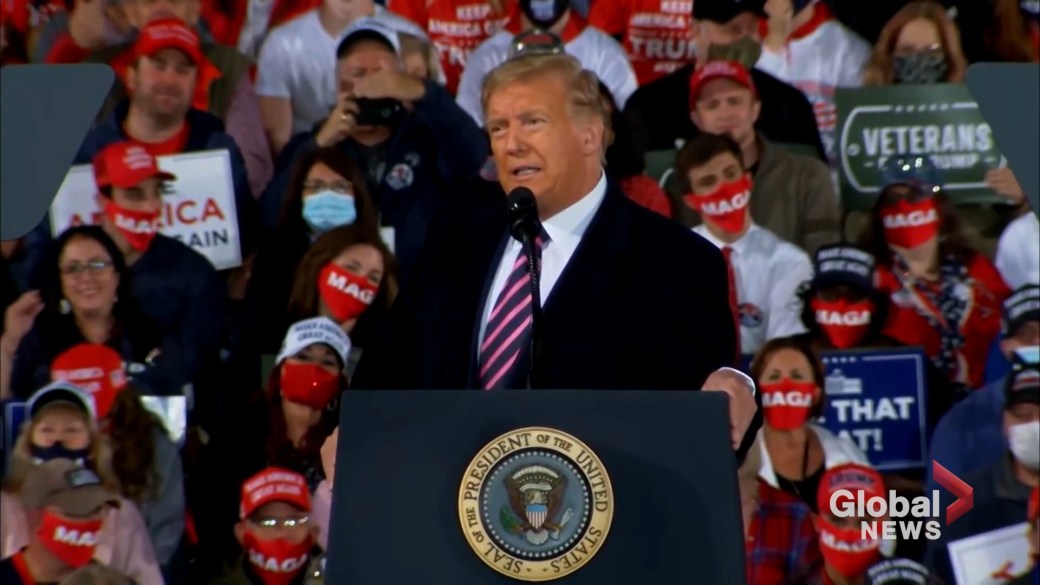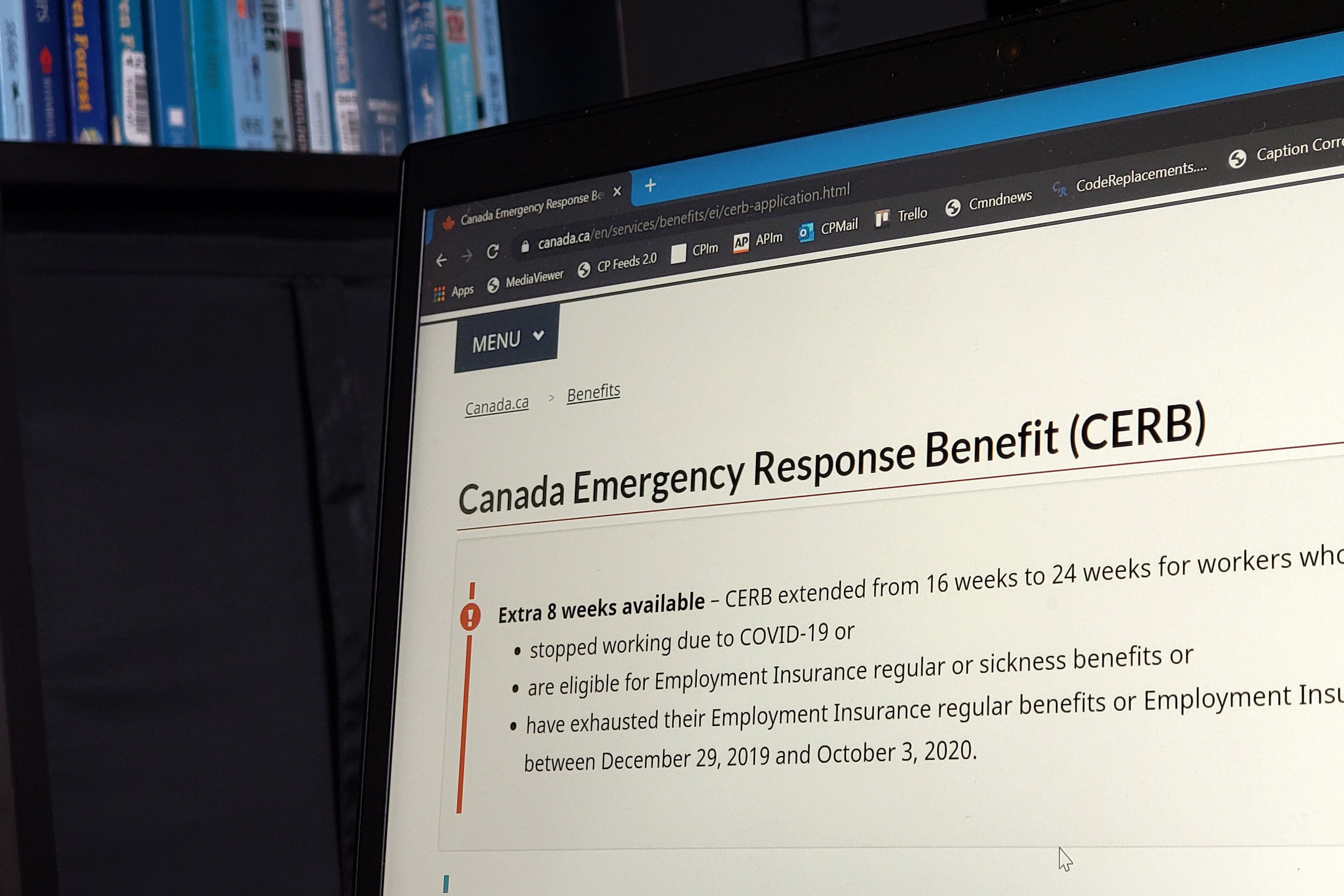The guidance from health officials has been clear — a face mask needs to cover both the nose and the mouth in order to be effective.
Yet, months after wearing non-medical masks became official coronavirus public health guidance in Canada, the “free nose” look has become a somewhat common sight.
Read more: Majority of Canadians say wearing a mask during coronavirus pandemic is a civic duty: poll
“I see it everywhere. I see it in grocery stores… I tend to see it, actually, (with) people wearing their masks outside,” said Colin Furness, an infection control epidemiologist with the University of Toronto.
The phenomenon has become fodder for venting on social media. Some people appear to be perplexed, frustrated and are also cracking jokes about the situation.
In one meme, a colourful comparison was made between leaving your nose out of your mask and incorrectly wearing underwear.
The current bio on the Boston Red Sox Twitter page says only one thing: “The mask goes OVER your nose.”
 Ask an Expert: Mask study
Ask an Expert: Mask studyMasks are an excellent tool to curb the spread of COVID-19 indoors and in scenarios where physical distancing is difficult, but experts have emphasized that they have to be worn properly in order to offer any protection to the wearer and those around them.
[ Sign up for our Health IQ newsletter for the latest coronavirus updates ]
“If someone’s got their nose peeking out, it’s really no different than not wearing a mask,” Furness said.
World Health Organization guidelines are clear on mask wearing amid the pandemic. It notes on its website that masks should be adjusted to “cover your mouth, nose, and chin, leaving no gaps on the sides.”
It adds that masks should not be touched after they’re worn, and individuals should clean their hands before take off the mask.
Similarly, Health Canada advises that both masks must cover both mouth and nose. It also warns Canadians not to remove their masks to talk to other people, or hang masks from neck or ears.
Both organizations note that a mask alone is not enough — physical distancing, hand-washing and staying home when possible are still recommended.
Tim Sly, an epidemiologist and professor emeritus at Ryerson University, agreed that masks are essential to fighting the spread of COVID-19 — but not when rules aren’t followed.
“It serves no purpose at all. Going through the motions, in a way,” he said.
 Trump mocks Biden for wearing face mask amid pandemic
Trump mocks Biden for wearing face mask amid pandemicProperly worn, masks are the next best thing to keeping your distance, Sly said.
The virus is transmitted through very tiny droplets that are exhaled — and then inhaled — through both the nose and the mouth.
Research suggests that wearing a mask can increase protection from infection by two to three times, and masks were found to be even more effective at preventing an infected wearer from spreading the virus, Sly said.
READ MORE: How to get kids to wear masks amid coronavirus, according to experts
A recent study even suggested that mask-wearing could also reduce the severity of COVID-19 infections, leading to more asymptomatic cases.
Given that a high proportion of COVID-19 cases are believed to be asymptomatic, masks are among the “vital” tools can we use in the fight against virus spread, Sly said.
“There’s no other pathogen that we know of that’s essentially hidden. You and I don’t know who’s got the virus out there … and who doesn’t have it.”
© 2020 Global News, a division of Corus Entertainment Inc.







Recent Comments